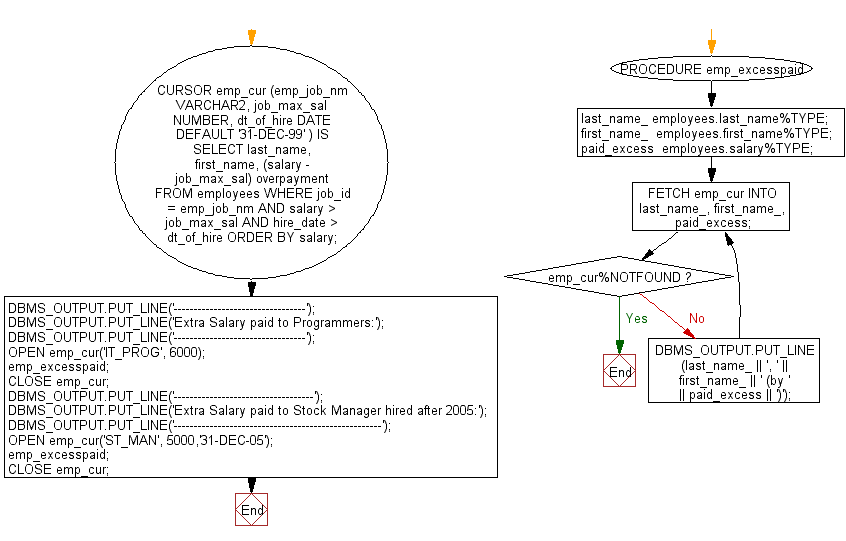


Marx characterizes the value of labor as a relationship between the person and things and how the perceived exchange of products is viewed socially. This is known as the Labor theory of value. However, marginal productivity ethics were defended by George Stigler.Ī Review of Economics and Economic Methodology argues against pay to their marginal product to pay equal to the amount of their labor input. In the 20th century, marginal productivity ethics found few supporters among economists, being criticised not only by egalitarians but by economists associated with the Chicago school such as Frank Knight (in The Ethics of Competition) and the Austrian School, such as Leland Yeager. In the aftermath of the marginal revolution in economics, a number of economists including John Bates Clark and Thomas Nixon Carver sought to derive an ethical theory of income distribution based on the idea that workers were morally entitled to receive a wage exactly equal to their marginal product. Thus, it can be thought of as a worker not working the entire hour. Remember, however, that labor is actually a time measure as well. M C = Δ V C Δ Q as intuition would say that labor should be discrete. Therefore, marginal cost is simply the wage rate w divided by the marginal product of labor Now, ∆L/∆Q is the reciprocal of the marginal product of labor (∆Q/∆L). Thus only variable costs change as output increases: ∆C = ∆VC = ∆(wL). In the short run, production can be varied only by changing the variable input. Marginal cost (MC) is the change in total cost per unit change in output or ∆C/∆Q. Variable costs (VC) are the costs of the variable input, labor, or wL, where w is the wage rate and L is the amount of labor employed. Fixed costs are costs that relate to the fixed input, capital, or rK, where r is the rental cost of capital and K is the quantity of capital. Costs are divided between fixed and variable costs. The marginal product of labor is directly related to costs of production. When the marginal product of labor becomes negative, it is known as negative marginal returns.

When not scaled properly, the marginal product of labor may go down when the number of employees goes up, creating a situation known as diminishing marginal returns. However, as the number of workers increases, the marginal product of labor may not increase indefinitely. When the marginal product of labor is increasing, this is called increasing marginal returns. There is a marginal product of labor of five when there are two workers in the factory compared to one.

When there are two workers in the factory, eleven toys are produced per hour. When there is one worker in the factory, six toys are produced per hour. When there are no workers in the factory, no toys are produced.


 0 kommentar(er)
0 kommentar(er)
